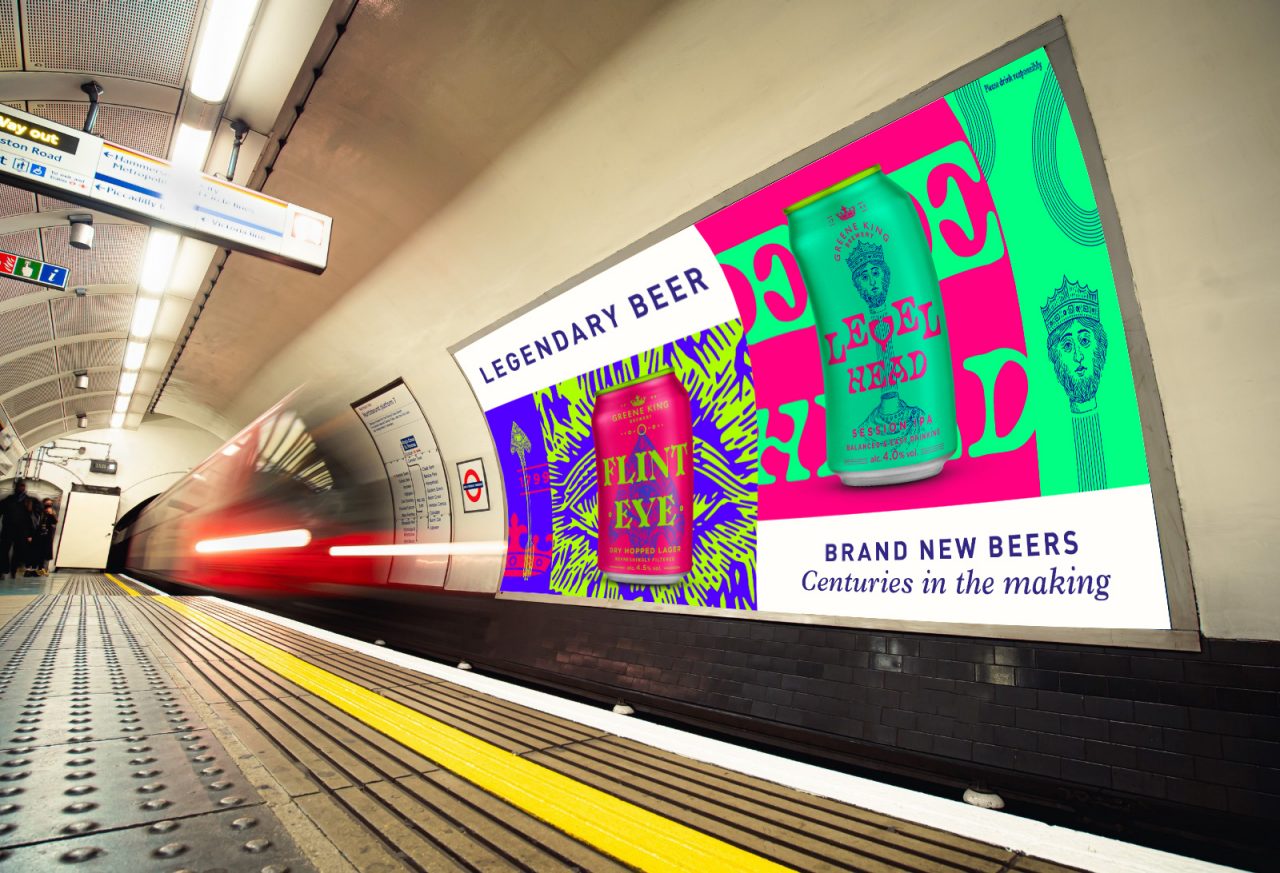If you're still optimising campaigns based on viewability alone, you're missing the bigger picture of attention marketing. While viewability tells you whether an ad could be seen, attention marketing measures whether anyone saw it. That's where attention marketing transforms media strategy, and why smart marketers are making it their new North Star.
But attention marketing isn't the finish line. It's just the starting gate.
The Problem with Traditional Media Metrics
Viewability has been the industry standard for years, but research consistently shows it's a poor predictor of actual business outcomes. You can have 100% viewable impressions and still see zero impact on sales, brand awareness, or consideration.
This is because viewability only measures opportunity, not engagement. It's like counting how many people walked past your billboard versus how many looked up and processed your message.
Attention marketing changes the game
Studies prove that attention metrics are significantly more accurate predictors of both short-term and long-term advertising impact than traditional proxies. This is because when you optimise for attention marketing strategies, you're optimising towards a more accurate proxy of audience engagement.
The Science: Why Attention Alone Isn't Enough
While it may seem fair to assume that more attention equals better performance, the reality is more nuanced, and attention is just the start.
The Four Memory Filters Your Ads Must Pass
For any marketing message to create lasting impact, it must successfully navigate four critical memory filters:
- Attention - The initial capture of focus
- Attraction - Motivation plus arousal that predicts resonance
- Emotion - The feeling response that creates memorability
- Cognitive Load - The mental effort required (balanced to avoid boredom or overwhelm)
Sales impact peaks when these four elements work together. Attention without emotion is forgettable. Emotion without proper cognitive load becomes overwhelming. Get the balance right, and you unlock exponential returns.
Different Attention Types Drive Different Outcomes
Not all attention is created equal. Consider these distinct patterns:
"Long Look" Attention: Sustained, focused viewing that builds new memories and emotional connections. Perfect for storytelling and brand building. Think premium video content or immersive digital experiences.
"Scroller" Attention: Rapid, fragmented engagement that reinforces existing brand memories. Ideal for maintaining brand presence and driving immediate action. Think social media feeds or mobile display.
"Contextual" Attention: Enhanced focus driven by relevant, trusted environments. High-quality, interest-aligned content naturally captures and holds attention, improving memory retention and emotional engagement.
What This Means for Your Media Strategy
This new understanding of attention will revolutionise media planning and equip marketers with the correct tools for driving business results.
1. Rethink Frequency Capping
Your frequency caps should reflect these attention needs and it may take many exposures before audiences even notice your ad exists.
2. Match Channel to Message Type
TV, for example, excels at delivering "Long Look" attention for storytelling and emotional connection, whereas social media's rapid decay favours short, reinforcing snippets that work with "Scroller" patterns.
3. Prioritise Quality Contexts
High-quality, contextually relevant environments don't just look better but also drive measurably stronger attention.
4. Optimise for Accumulated Attention
Think beyond individual impressions. Attentive seconds accumulated across multiple touchpoints create compound effects, often more effectively than high-impact bursts.
The Action Plan: Implementing Attention-Based Marketing
Phase 1: Measurement Integration
Start by incorporating attention metrics into your existing measurement framework and prioritise high-attention inventory in your buying decisions.
Phase 2: Strategic Alignment
Tailor your attention strategy to your specific brand context and objectives, such as longer dwell times for new products, or shorter, repeat exposure for established brands.
Phase 3: Holistic Optimisation
Measure beyond attention alone. Track emotion, attraction, and cognitive demand alongside attention metrics to understand the complete picture of ad impact. Use these insights to refine both creative and media strategies for maximum resonance and long-term brand memory.
Key Takeaways: Attention Marketing Best Practices
Attention marketing represents a fundamental shift from measuring what could be seen to what engages audiences:
- Attention marketing beats viewability for predicting business outcomes and ROI
- Four memory filters (attention, attraction, emotion, cognitive load) must work together for maximum impact
- Different attention shapes ("Long Look" vs "Scroller") should inform your approach to media channels and creative
- Quality contexts drive stronger attention and better campaign performance
- Accumulated attention across multiple touchpoints creates compound effectiveness
Ready to Transform Your Marketing with Attention Science?
Don't let your competitors gain the attention advantage whilst you're still stuck measuring viewability. Our proven solutions help brands like yours optimise for what actually drives results:
Behavioural UX and Creative Testing
Our comprehensive analysis reveals how your websites, content, and creatives score on attention, emotion, and cognitive demand. Discover exactly what's working, what's failing, and how to improve effectiveness across every touchpoint.
Unified Attention Measurement
Get a single, reliable attention measurement solution that works across your entire media mix. Make smarter planning decisions, optimise channel selection, and prove ROI with confidence.
Ready to see the difference attention-based marketing can make? Contact our team today for a free consultation and discover how leading brands are already using attention science to drive measurable growth.
Transform your marketing strategy. Start with attention.











